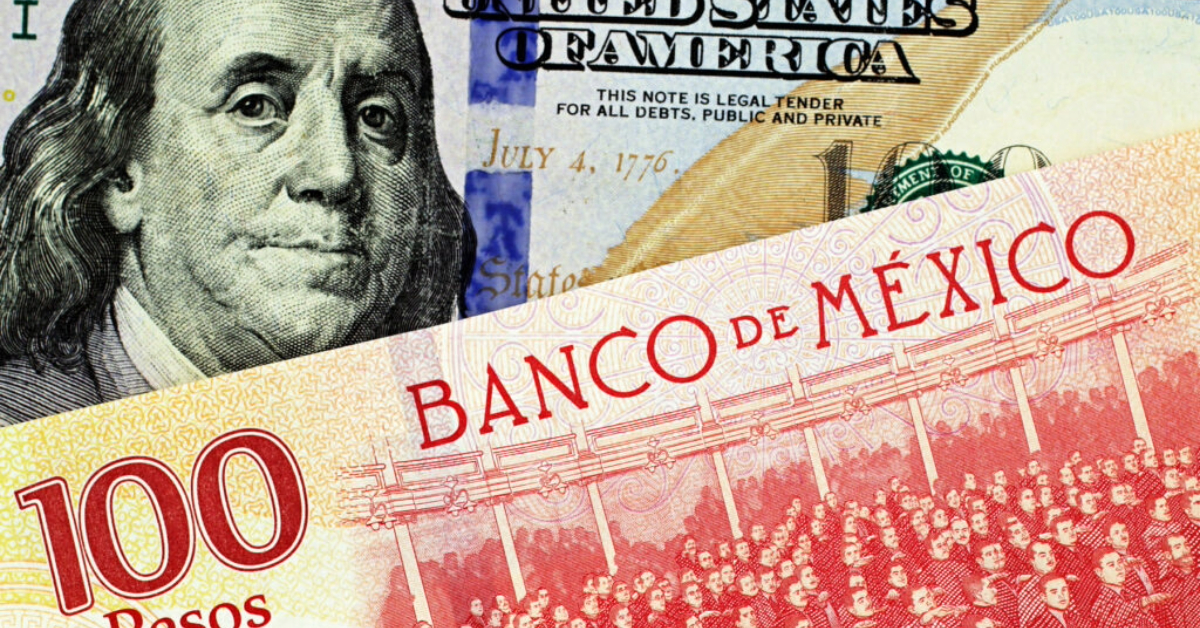Puerto Vallarta, Mexico - The Mexican peso appreciated on Wednesday following a steep decline, as concerns about the implications of a controversial justice system reform and the impact of a US inflation report weighed on investors. The currency recovered by 1.46%, closing at 19.8012 per dollar, compared to Tuesday’s weak finish of 20.1470 units—the peso’s lowest point in almost two years. The recovery came just as the Mexican Senate advanced a constitutional amendment to the justice system, heightening market uncertainty.







